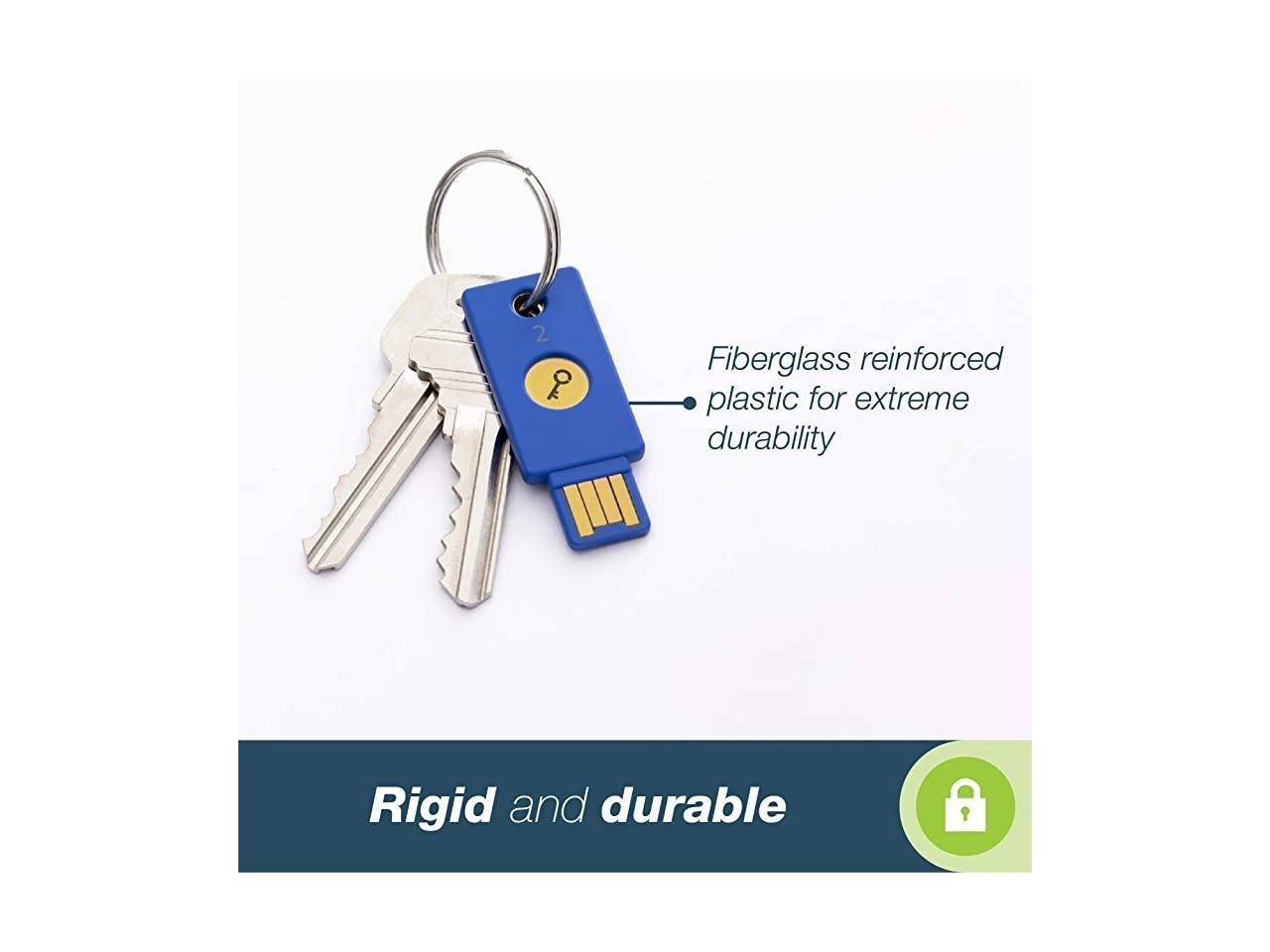

The attack was possible due to a vulnerability in the A700X microchip made by NXP Semiconductors, which is also used in security tokens made by Feitian and Yubico, meaning that those tokens are also vulnerable. The attackers concluded that the difficulty of the attack meant that people were still safer to use the keys than not. The method required physical access to the key for several hours, several thousand euros-worth of equipment, and was destructive to the plastic case of the key. In 2020, independent security researchers found a method to extract private keys from Google Titan Key, a popular U2F hardware security token. The device key is vulnerable to malicious manufacturer duplication. Once communication is established, the application exercises a challenge–response authentication with the device using public-key cryptography methods and a secret unique device key manufactured into the device. This avoids the need for the user to install special hardware driver software in the host computer, and permits application software (such as a browser) to directly access the security features of the device without user effort other than possessing and inserting the device.

The USB devices communicate with the host computer using the human interface device (HID) protocol, essentially mimicking a keyboard. Therefore, for services that do not provide any alternate account recovery method, the use of U2F should be carefully considered. If a hardware duplicate or alternate hardware key is not kept and the original U2F hardware key is lost, no recovery of the key is possible (because the private key exists only in hardware). In terms of disadvantages, one significant difference and potential drawback to be considered regarding hardware-based U2F solutions is that unlike with TOTP shared secret methods, there is no possibility of "backing up" of recovery codes or shared secrets.


Shared secret may be stored in plaintext on server.Plaintext or QR code transmission of shared secret between server and user.Specifically:Ĭomparison of security issues between TOTP and U2F 6-digit codes generated on Google Authenticator) were a significant improvement over SMS-based security codes, a number of security vulnerabilities were still possible to exploit, which U2F sought to improve. While Time-based one-time passwords (e.g.


 0 kommentar(er)
0 kommentar(er)
